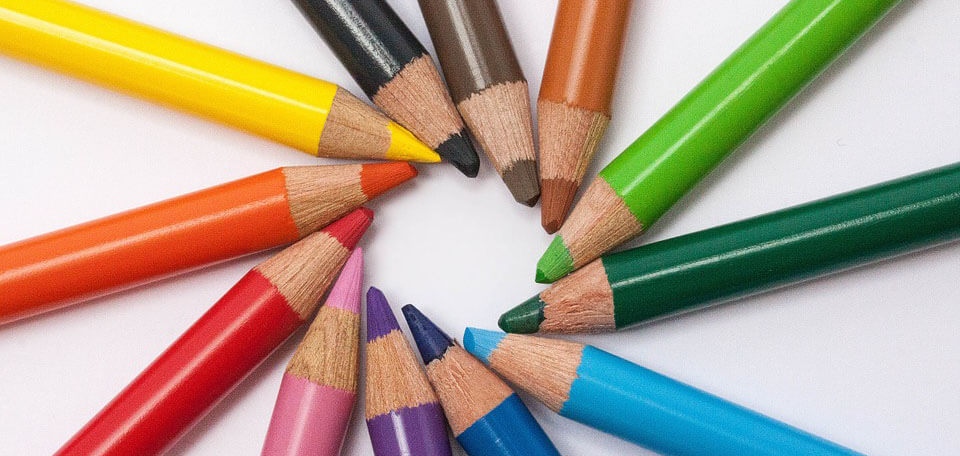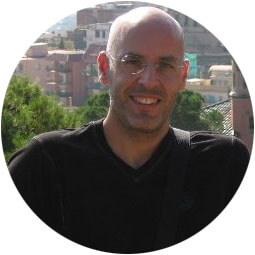Share
In a recent meeting with people working in the education field I was asked, “Is the digital book going to end school failure?” I wish it was that easy. Obviously, the factors that determine school failure are so varied that moving a single piece on the board does not make us champions of the game.
For our team, education has become a passion, just as we are in adult learning. We have worked for years with the best publishers in Spain and also in the UK. During these years we have learned together, researched and found solutions for the educational field, to improve the learning process for children and adolescents. And working together with the best has given us, above all, perspective.
“Digital content is one more tool in the classroom ecosystem. It’s about adding, not subtracting.”
Pedro Barreiro, Technical Director of E-DIXGAL at AMTEGA and the Galician Department of Education
This perspective encouraged us to embark on the E-DIXGAL project, run by AMTEGA and the regional Department of Education of Galicia, Northwest Spain. This project bets clearly and decisively on innovation in the Galician classrooms, both primary and secondary education.
The challenge was to develop digital native content for all subjects of Year 6 and the whole KS3. Where to start?
- From the beginning: A pedagogical model is born that combines the keys to educational innovation such as attention to diversity within the classroom, activities to work with multiple intelligences, to learn in projects, to bet on collaborative work, etc.
- From the obvious: the key was to surround ourselves with a team of technical advisors and reviewers, and especially authors who were, in turn, teachers in Galician classrooms who had the desire, and time, to develop content.
- From our own: bringing together a team of illustrators, graphic designers, programmers and digital publishers who had experience in content development.
- From common sense: it was necessary to apply the keys of the digital product, that we knew so well.
We rolled up our sleeves and began work without losing sight of who were the target users of our content. We put ourselves in their shoes, and at first, they were a squeeze, but soon they were comfortable.
We analysed the devices of students and the applications they contained, and what would be the distribution and consumption of the content in the classroom. We also considered usability and accessibility of content. We have the great luck of having a diverse and demanding team, who analyse the digital book from many points of view and offers great ideas and thoughts.
By leading the way we ensured that students did not throw away their pencils (they are still needed), but next to the pencil and the notebook they had a computer and whiteboard — and most important, an open window to the world.
And through that window we let in…
- The freshness provided by the authors who were active teachers. We found it in their activity ideas on “learning by doing”, in their multidisciplinary projects, in their innovation to combine the teaching of Mathematics with cooking, RE with Music and English, Art and Design with World Cinema…
- The creativity of a team that created enlightened characters to guide the content, produced videos to explain mathematical operations, directed dramatised audios to recreate literary texts, or guided authors when they lacked ideas and time.
- Listening to what users said about our content. Over the last three years, we have made time to approach the classroom and listen to students and teachers feedback which allowed us to incorporate some of their ideas.
- Moderation, since our digital content contains guidelines that teachers can follow to build their lessons, in which technology is not absorbent but solvent.
Finally, I return to the initial question: is the digital book going to end school failure? No, but it’s one more step, an important step. Pedro Barreiro, the technical director of this project at the Galician Department of Education, explains this briefly and forcefully: “Digital content is one more tool in the classroom ecosystem. It’s about adding, not subtracting.”
Share


